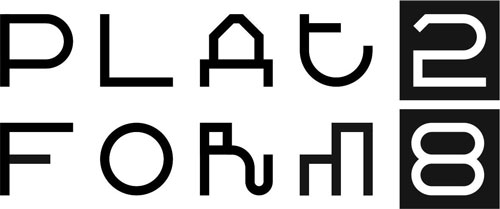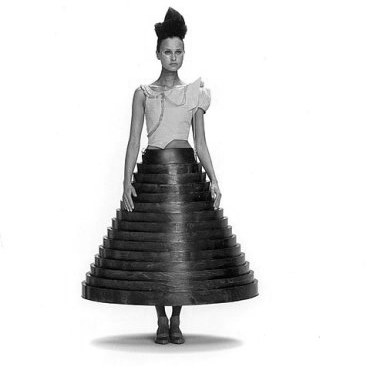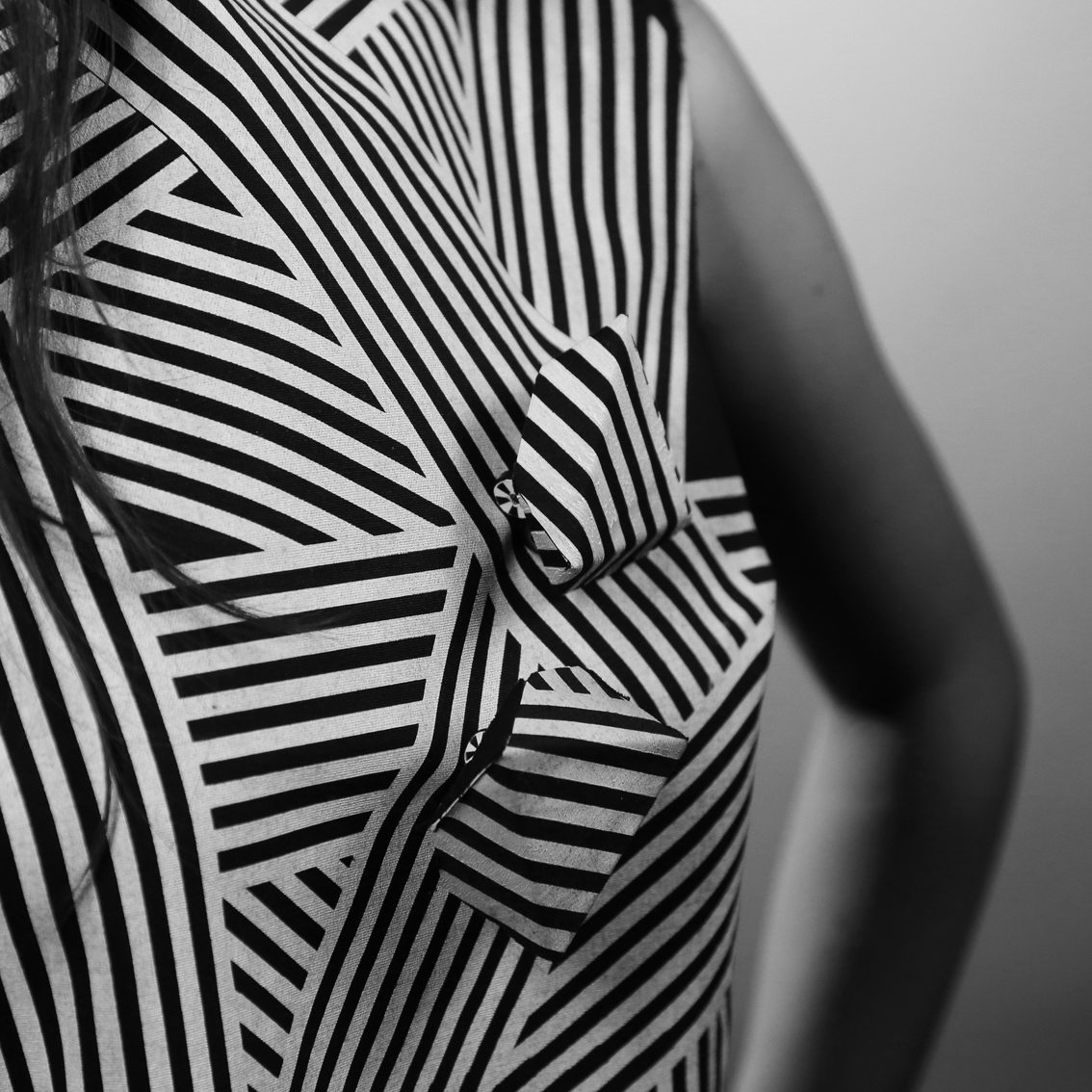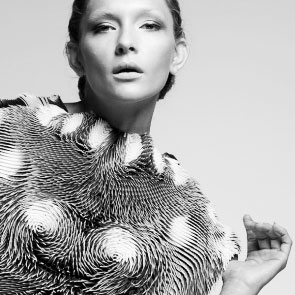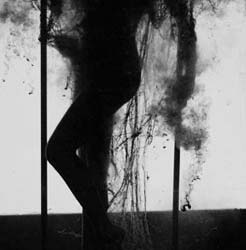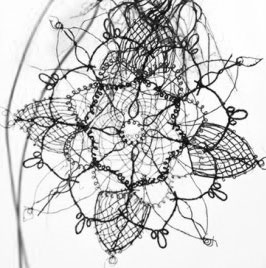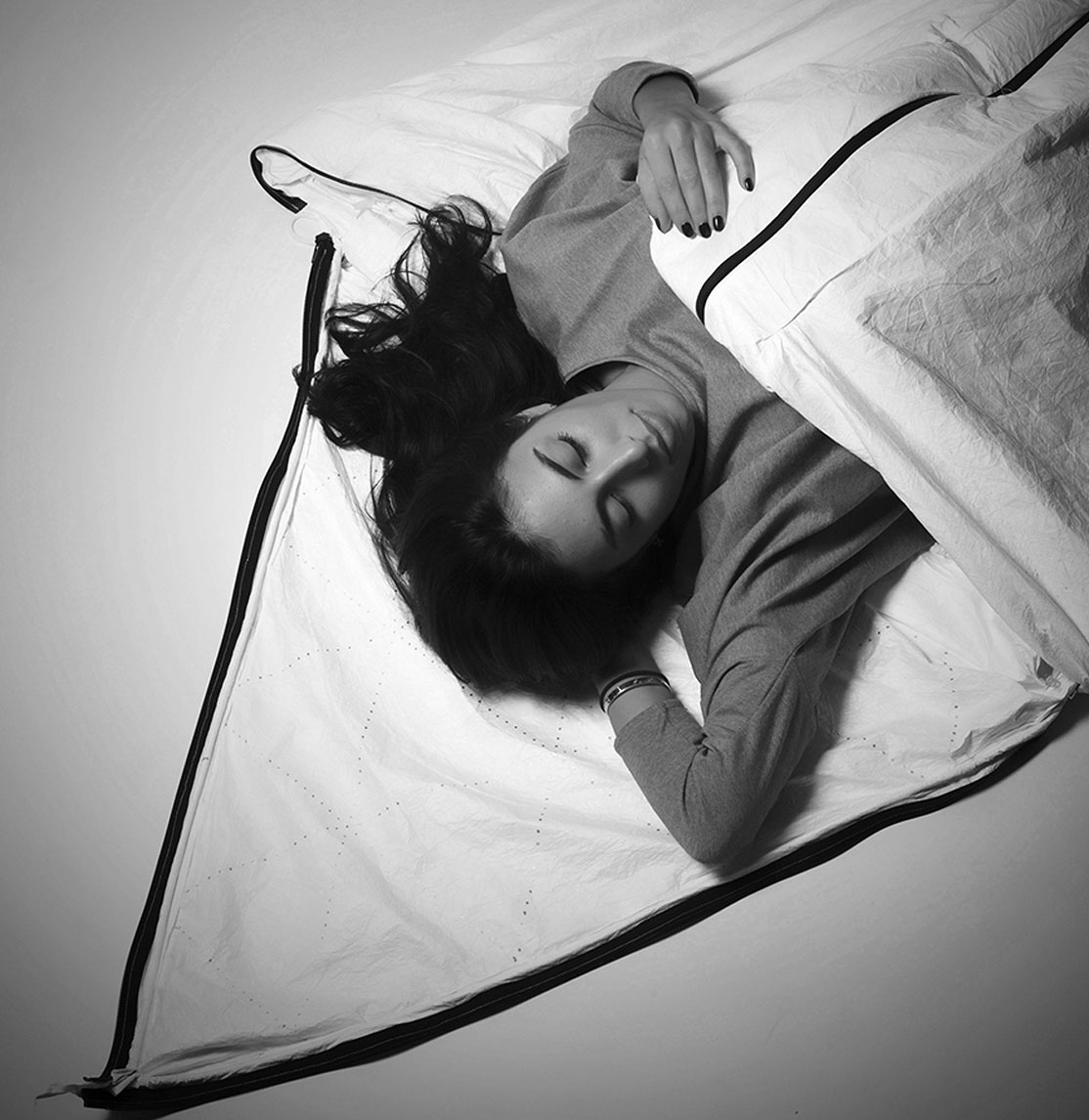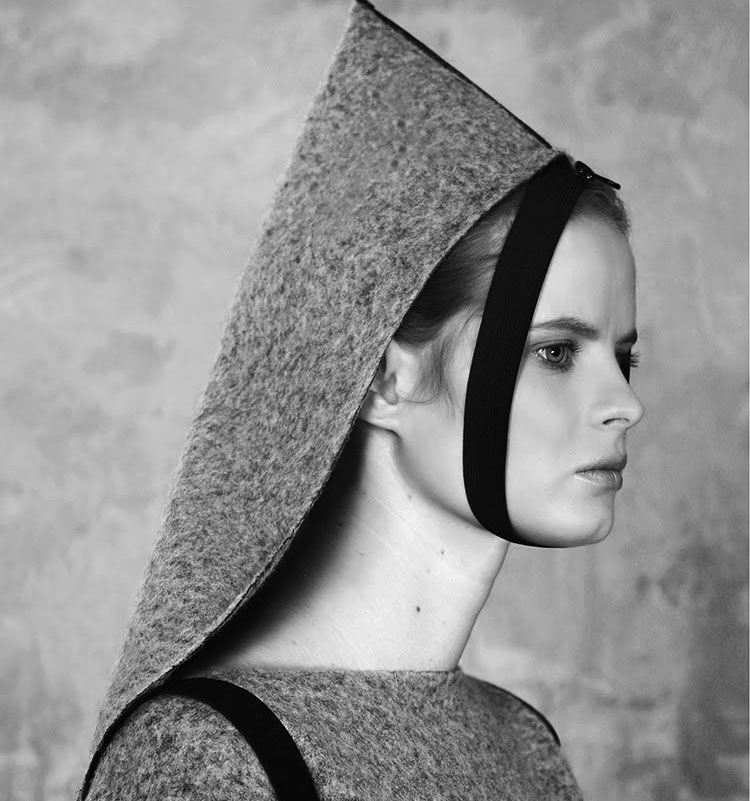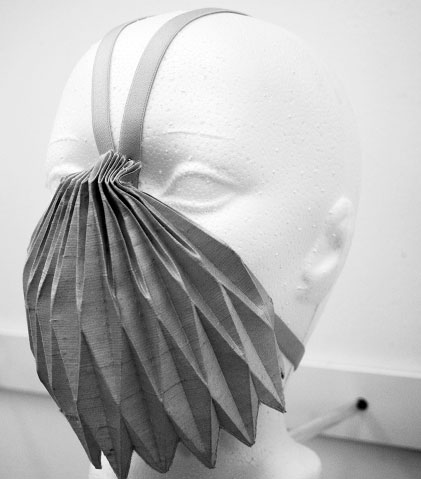Kino
In our fall 2017, we explored the concept of "play" from different perspectives. "Play" is a phenomenon that happens in veriety of scales. These scales can be as big as a city, a park, a building or as small as a personal space in format of a wearable.
In our fall 2017, we explored the concept of "play" from different perspectives. "Play" is a phenomenon that happens in veriety of scales. These scales can be as big as a city, a park, a building or as small as a personal space in format of a wearable.
This work explores a dynamic future in which the accessories we wear are no longer static, but are instead mobile, living objects on the body. Engineered with the functionality of miniaturized robotics, this "living" jewelry roams on unmodified clothing, changing location and reconfiguring appearance according to social context and enabling multiple presentations of self. With the addition of sensor devices, they can actively respond to environmental conditions. They can also be paired with existing mobile devices to become personalized on-body assistants to help complete tasks. Attached to garments, they generate shape-changing clothing and kinetic pattern designs—creating a new, dynamic fashion.
This project was formulated by a team of designers and engineers. It is their vision that in the future, these robots will be miniaturized to the extent that they can be seamlessly integrated into existing practices of body ornamentation. With the addition of kinetic capabilities, traditionally static jewelry and accessories will start displaying life-like qualities, learning, shifting, and reconfiguring to the needs and preferences of the wearer, also assisting in fluid presentation of self. With wearables that possess hybrid qualities of the living and the crafted, we explore a new on-body ecology for human-wearable symbiosis.
TEAM MEMBERS & INSTITUTIONS
Hsin-Liu (Cindy) Kao, Deborah Ajilo, Oksana Anilionyte, Artem Dementyev, Inrak Choi, Sean Follmer, Chris Schmandt
Media Lab MIT, Cambridge, MA
Mechanical Engineering MIT, Cambridge, MA
Fashion Design Royal College of Art, London, UK
Mechanical Engineering Stanford University, Stanford, CA
Photo Credit: Hsin-Liu (Cindy) Kao, Jimmy Day
